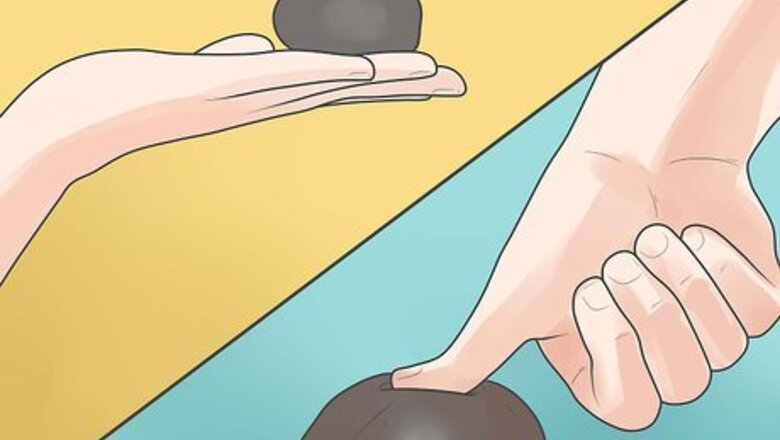
views
Using Putty and Gelatin
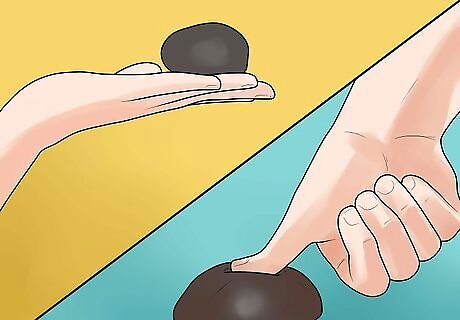
Get a fingerprint mark on a putty-like material. Putty, Play-doh, or modeling clay are all good options, as long as they are clean and new. Roll a small piece of your chosen material into a ball, and press the finger you wish to imitate into the putty. A hot, flattened piece of paraffin wax will leave a better impression, but only after five or ten minutes of pressing.
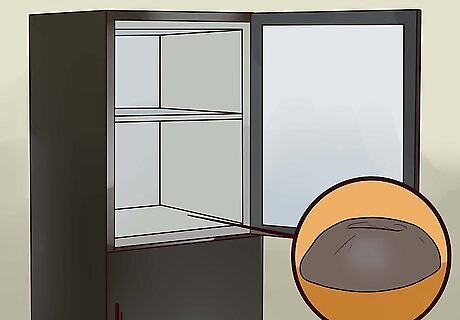
Refrigerate or freeze the putty. This will keep the impression of the fingerprint as hard as possible while you work with it. Different materials and brands will react differently to cold, and may not be usable as putty afterward — but that's fine for this purpose.
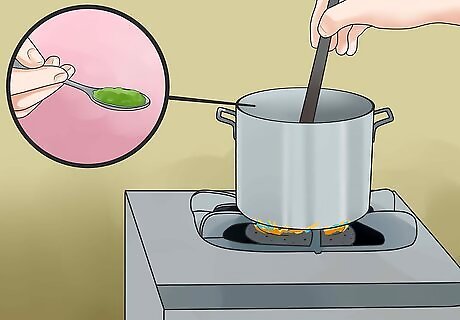
Make extra-thick gelatin. Boil a small pot of water, then add an equal amount of gelatin powder by volume. Stir constantly for several minutes, dissolving as much of the powder as you can. Let the mixture cool.
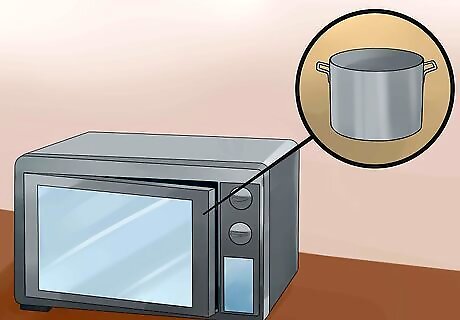
Microwave the gelatin. Once the gelatin has cooled to a thick gel, melt it in the microwave, then let cool to a gel again. Microwave repeatedly until the gelatin has no bubbles, and when a drop acts thick and rubbery.
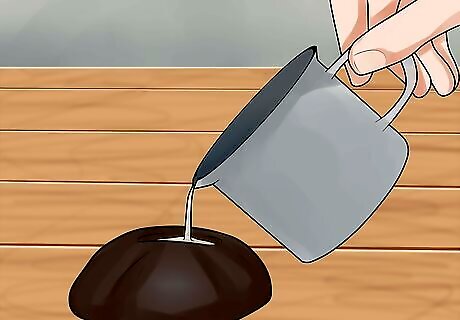
Pour the gelatin onto the fingerprint mold. Once the gelatin is rubbery and bubble-free, melt it one final time, then pour the hot, liquid gelatin into the fingerprint mold you made from putty.
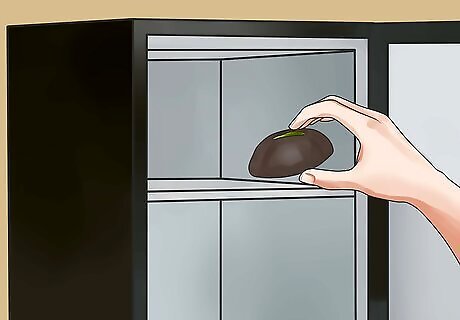
Freeze the putty. Put the putty and gelatin into the freezer. Within a few minutes, the gelatin should harden into a solid, rubbery substance. Peel the gelatin carefully off the putty. You now have a fake fingertip, with the impression of a real fingerprint marked on the surface.
Using Advanced Techniques

Read through the method before attempting. This method can make a much more accurate fingerprint, and does not require an impression in putty, but it requires specialized equipment. Do not attempt this unless you have access to these tools, including a high-quality scanner or camera, and a printed circuit board (PCB). An overhead transparency can be used instead of the PCB, but this is less effective.
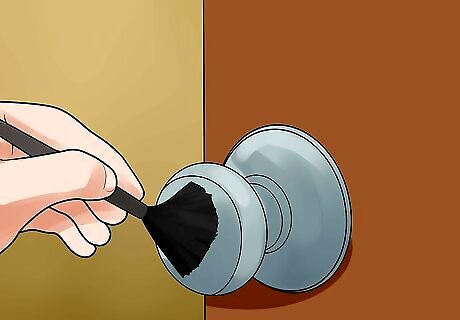
Dust to find fingerprints. This method can create a fake fingerprint from nothing more than a fingerprint left on a touchscreen, a doorknob, or another dry, glossy surface. To locate these, you can dust a surface with crushed, powdered graphite from mechanical pencil lead, or use a fingerprinting kit with a black powder. A white surface will work best with this method.
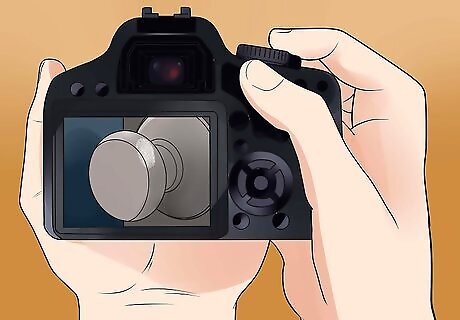
Take a high quality scan or photograph. For best results, photograph or scan the fingerprint with a quality of at least 2400 dpi. Load the resulting image into a computer with photo editing software.
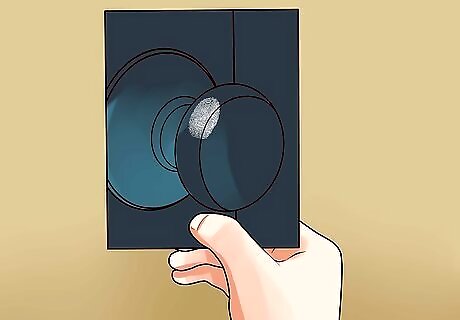
Invert the image's direction and color. Use the photo editing software to "flip" the image from left to right, creating its mirror image. Reverse the color of the image as well, so the raised fingerprint is white and the background of the image is black.
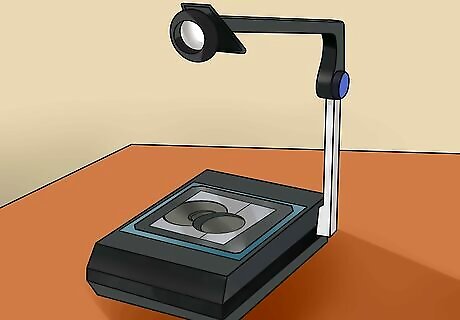
Transfer this to a printed circuit board or overhead transparency. For best results, print out your fingerprint onto tracing paper, then use a UV etching machine to transfer the fingerprint onto a printed circuit board (PCB). If you do not have access to these materials, you can try the less effective method of printing out the fingerprint directly onto an overhead transparency sheet.
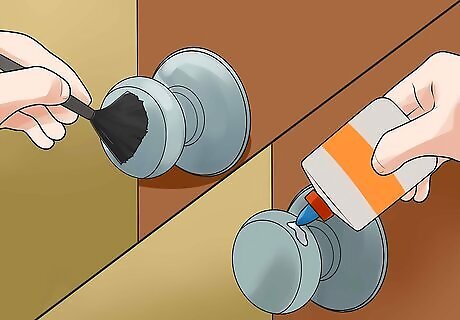
Make your fake finger from graphite and wood glue. The fingerprint image on the PCB or overhead transparency is actually slightly raised, and can be used to make a fake fingertip. To do this, cover the image with graphite powder, then smear it with a thin layer of white wood glue or light-colored latex milk. A small dash of glycerin in the wood glue will make it slightly more moist and workable, creating a more effective material.
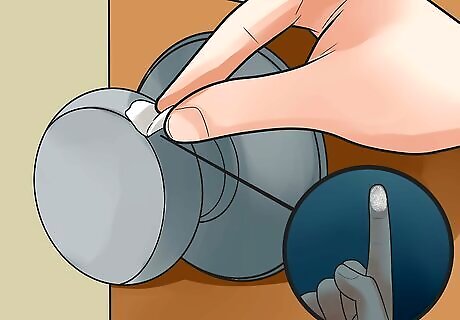
Remove the dried glue fingerprint. Once the wood glue has dried, carefully peel it off the surface beneath and take a look at your new fingerprint. You can even trim this to fingertip size, then use theatrical glue to attach it to your own finger.
















Comments
0 comment